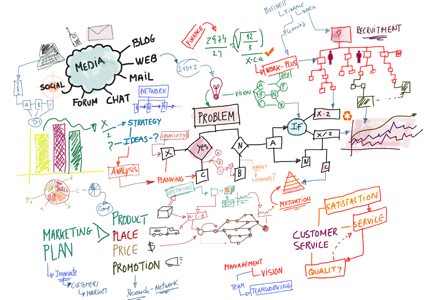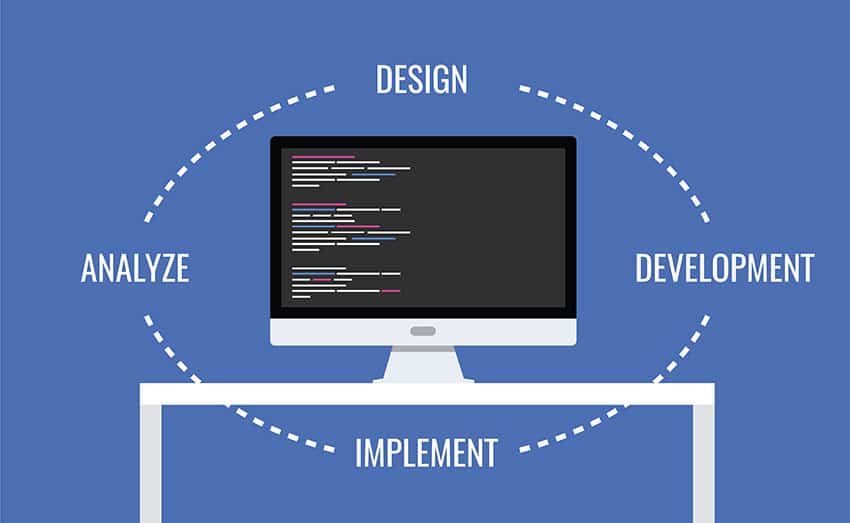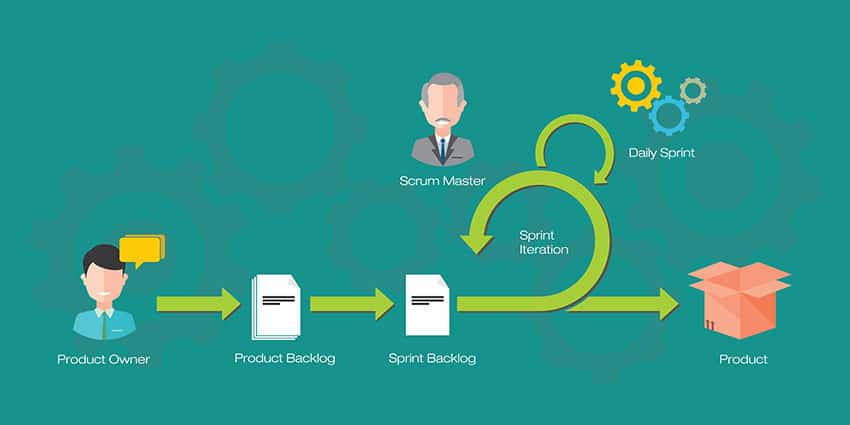As a business leader, making decisions about how to move various projects forward can prove to be a daunting task in itself. Making the right choice can be a tough formula to crack.
So how can you know how to proceed and which task to tackle first?
Having too many choices and the wealth of time spent sifting through various options and priorities can waste time, resources and be a serious drain on productivity.
Luckily, subscribing to the lean management philosophy can help leaders when making those types of choices. Lean is more than just a set of management principles. It can also be a filter you use when making professional decisions.
But how do we measure decisions against this hypothetical filter and prioritize accordingly? Follow along as we explain this filter and how it can help define priorities.
Defining the Lean Decision Filter
The lean decision filter, as defined by agile expert and software engineering thought leader David J Anderson, is as follows:
A Lean decision filter to help us make decisions around applying Lean practices:
- Value trumps flow: Expedite at the expense of flow to maximize value.
- Flow trumps waste elimination: Increase work in progress (WIP) if required to maintain flow, even though it will add waste.
- Eliminate waste to improve efficiency: Do not pursue economy of scale.
While Anderson used this system in the context of software engineering management, it’s applicable across almost any industry.
It’s also a fairly straightforward way to trickle options through this list of lean priorities when making decisions. Value takes precedence over flow, which is more important than waste elimination. And waste reduction comes into play simply to streamline and improve the efficiency of a project or system.
Prioritize Finishing Over Starting
Another way to filter decisions using lean management is to focus on finishing rather than starting. Again, this is an extremely straightforward concept that can be applied across industries and decision-making processes.
Instead of starting multiple new tasks, start finishing tasks and projects before starting anything new. For example, if you’re an engineer debating whether to start a new task in your backlog or complete one you began work on last week, this principle dictates you finish what you started before starting anything new.
This helps prevent tasks being forgotten about or getting lost in the shuffle and not being completed at all. This also harkens back to the idea of limiting work in progress, which we wrote about in a previous post. Putting a reasonable ceiling on WIP means more tasks will be completed before moving on to start new ones.






